.Background
/Validating the Problem


Through one-on-one interviews with the business department (staffs who invite visitors most frequently), we learned about the specific visitor visit process.
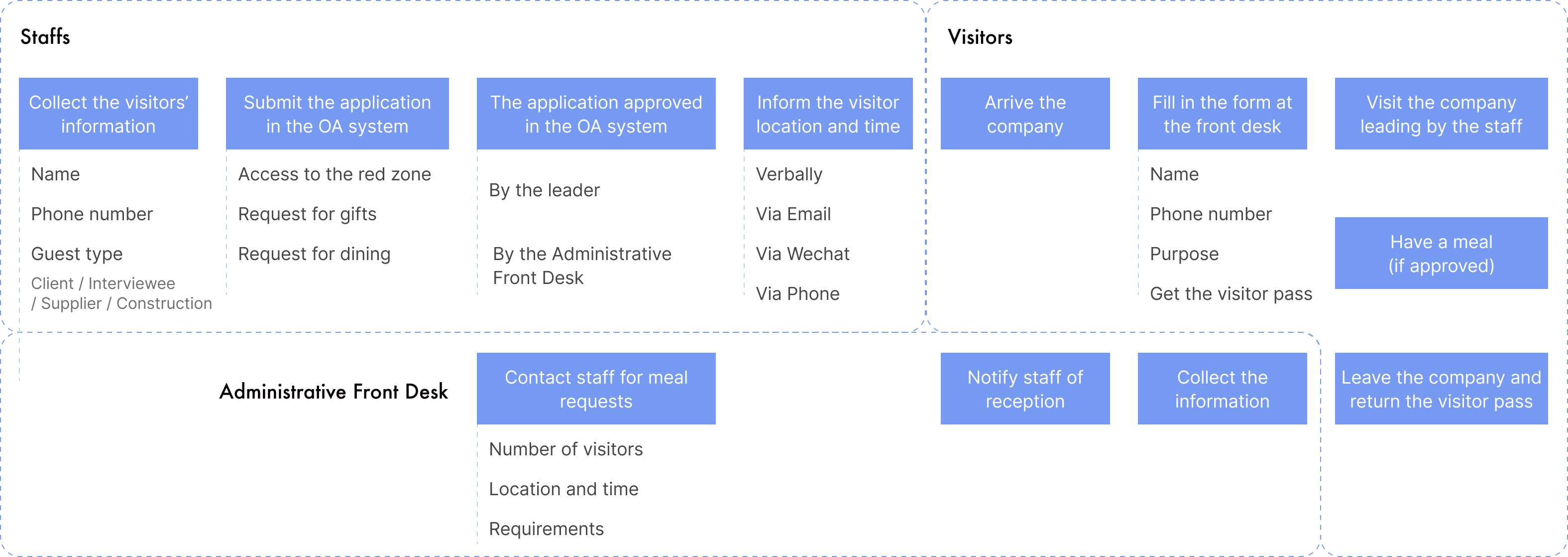
The invitation process requires initiating multiple approvals.
Staffs need to operate and follow up each process in the oa system, which is difficult to locate multiple approvals.
Lack of information confidentiality.
The front desk uses paper forms to register visitors’ information, which is inconvenient for statistics and easy to lose, posing great risks to information security.
The information synchronization method is complex.
Staffs need to describe their requirements when communicating with the front desk, and they need to inform the visitors many information before they arrive.
Lack of corporate culture promotion to visitors.
The invitation is not formal enough. Visitors will not have a deep impression of the company after visiting, and there is no way for them to give feedback.
Based on the usage scenarios of the three key user roles in the visitor system and taking into account their response time in addressing issues, we have defined multiple system deployments.

Feishu
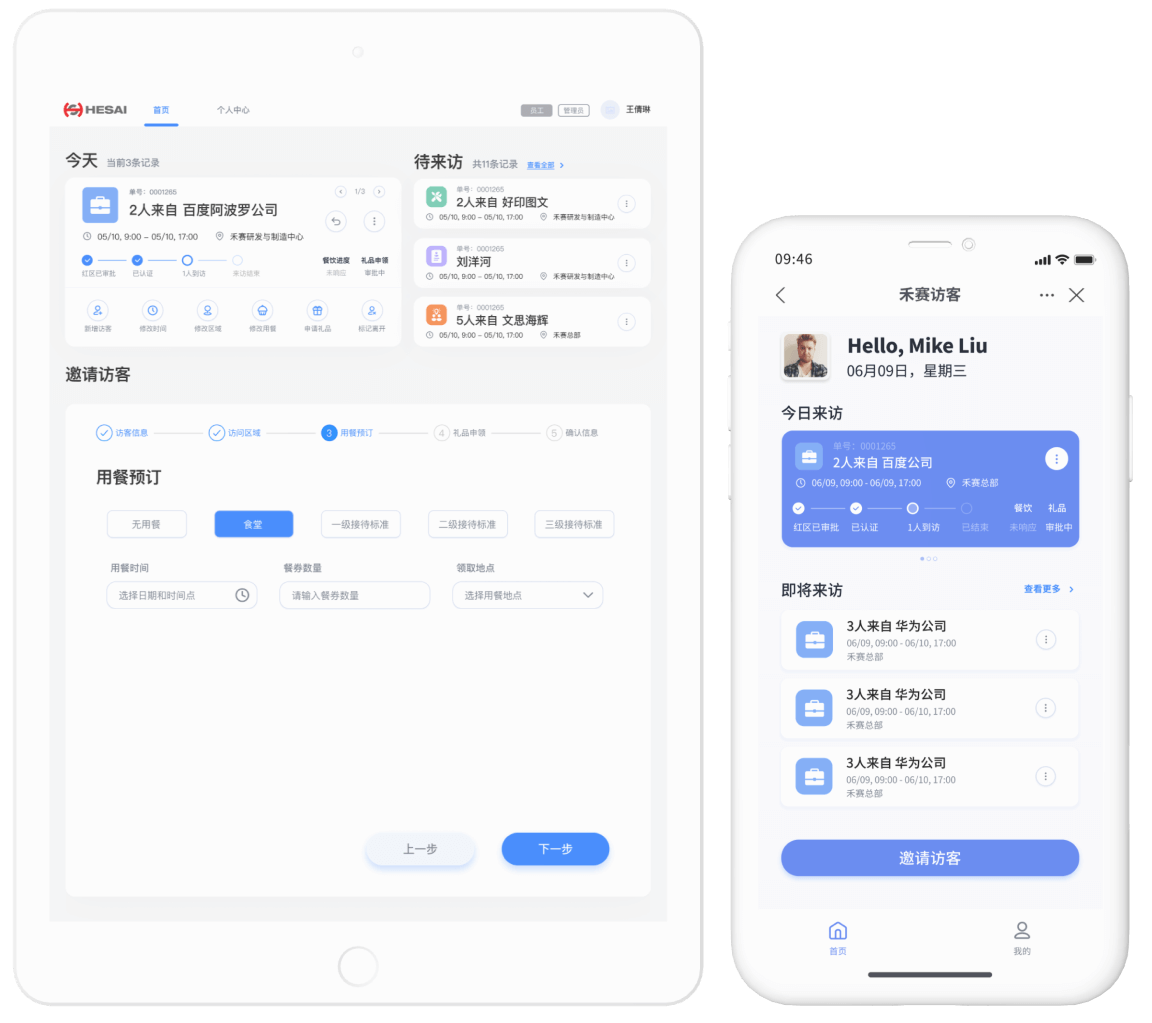
Feishu is a software used by staffs to communicate within the company. The web pages and mobile terminals installed on the Feishu platform are more helpful for staffs to process information.

Feishu
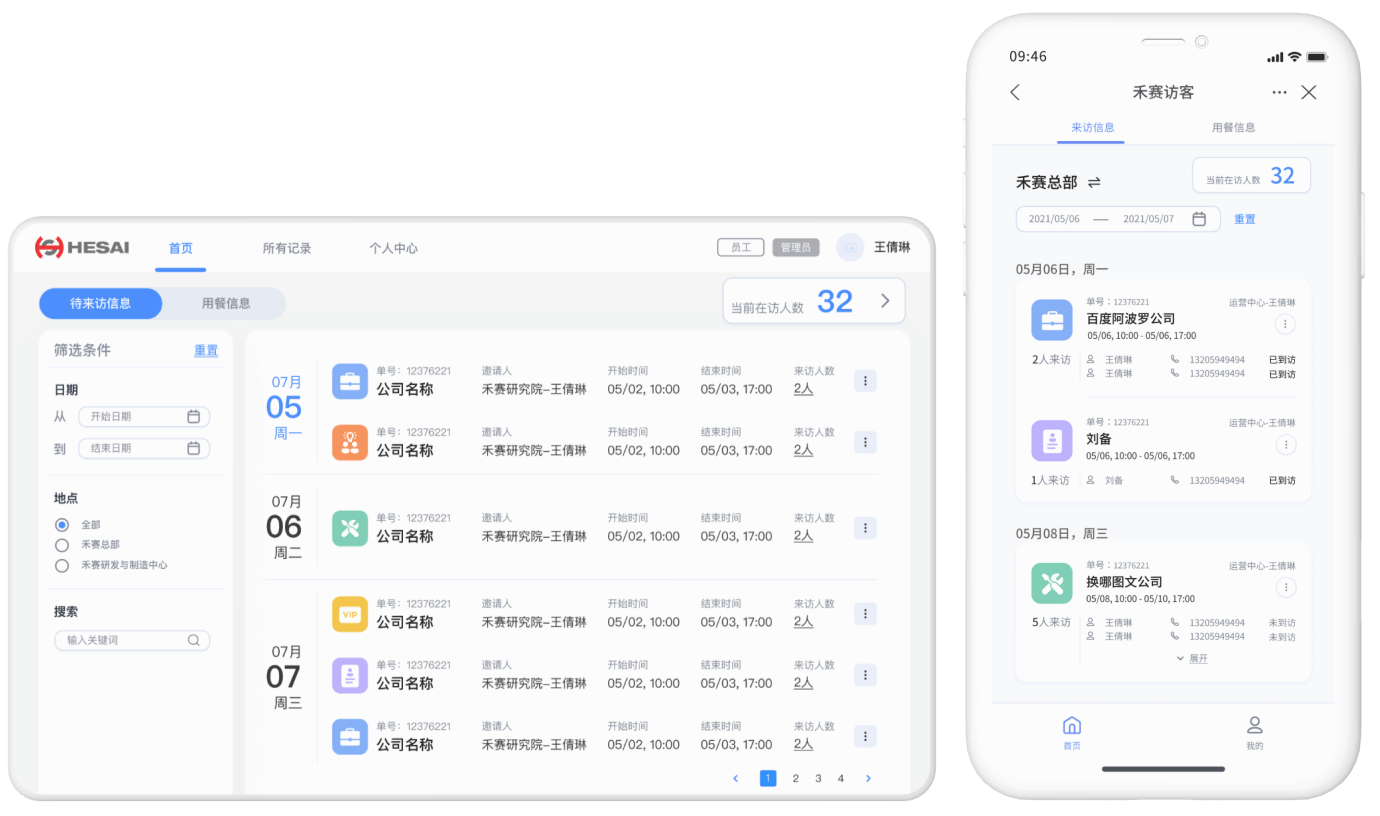
Administrative staffs can switch identities on the Feishu app to directly view visitor information and approve dining procedures.

Wechat
Mini-Program
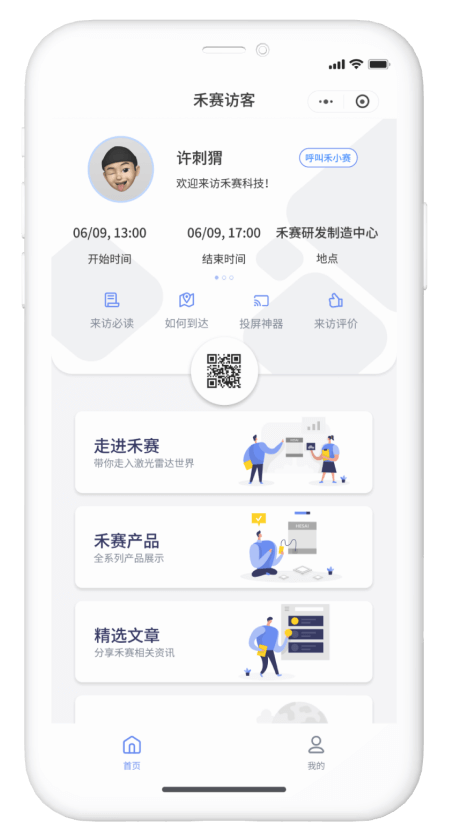
WeChat is the most popular messaging software in China and the WeChat mini-program does not require installation.
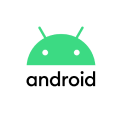
Android App
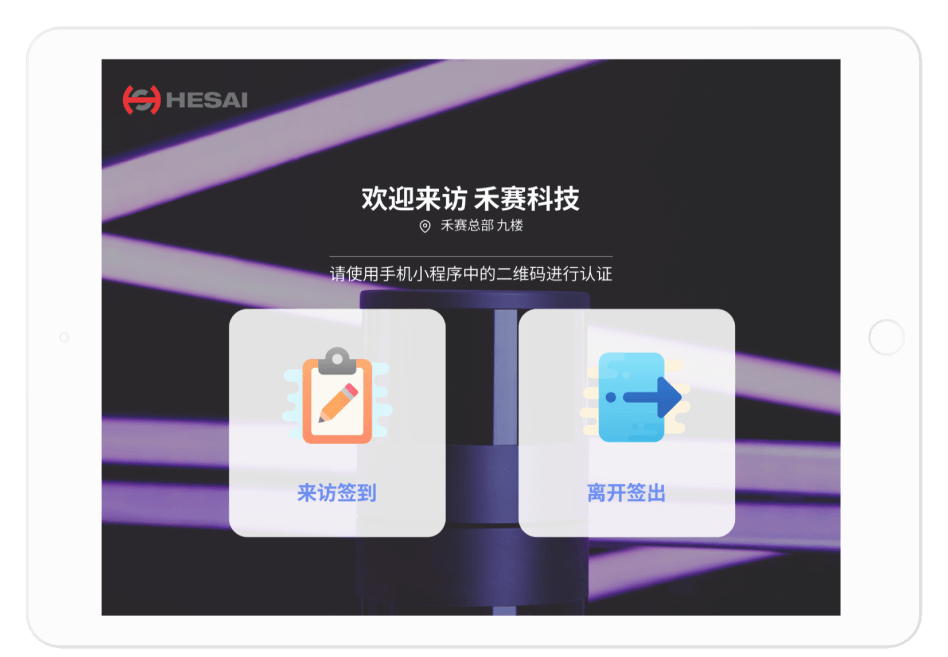
The app installed on the tablet can be placed at the front desk for visitors to scan the QR code to register.



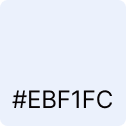
Client
Interviewee
Supplier
Construction
Add Visitor
Add Meal
Modify Area
Apply for Gifts
Modify Time
Withdraw
Mark Away
For Staffs
Simplify the invitation process and integrate visitor approval processes
For Staffs
Manage and modify the visitors’ information
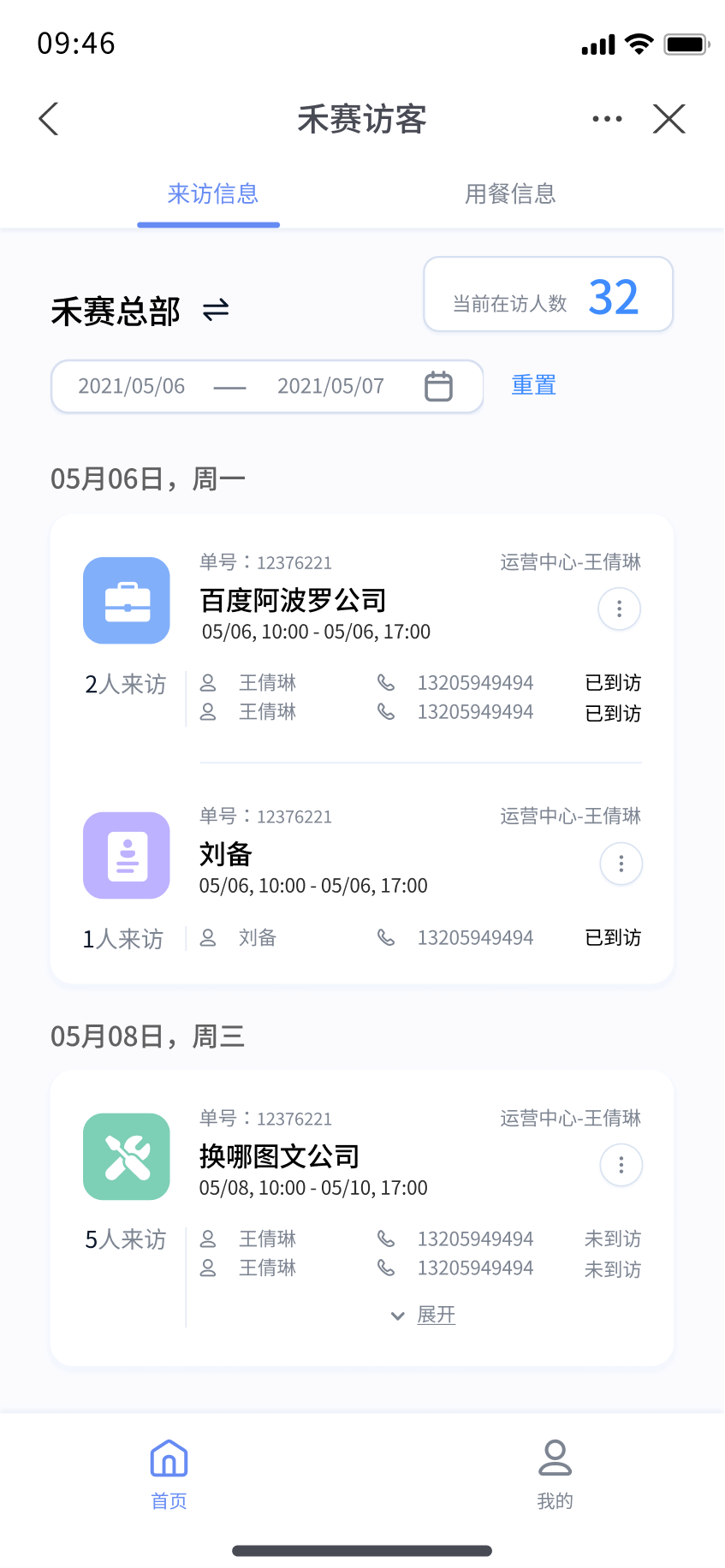
For Administrative
Review future visitors, approve relevant procedures, and prepare for reception
For Visitors
Quickly scan the QR code to register and simplify visitor experience
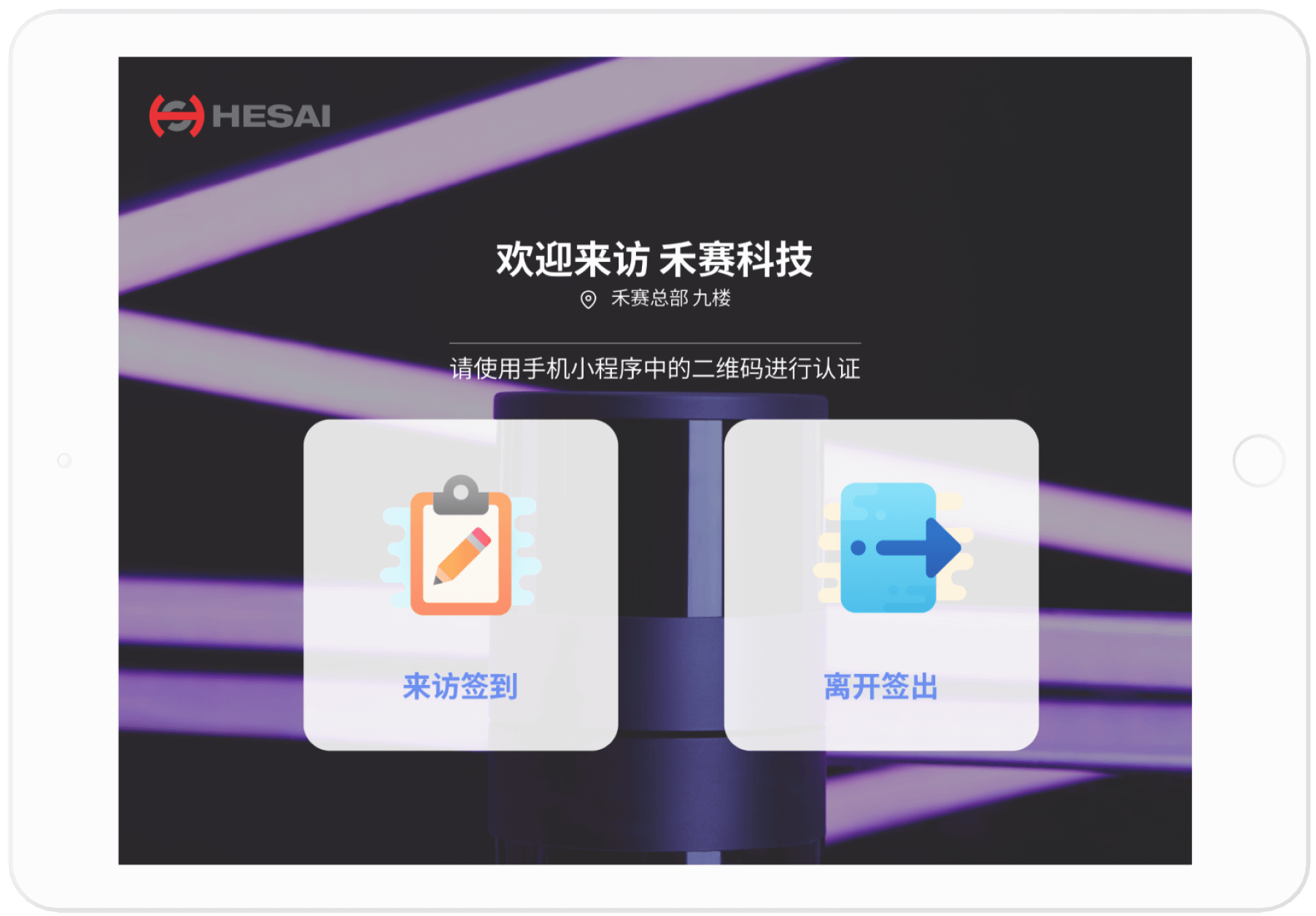
Since its launch in October 2021, the visitor system has been in active use, assisting up to 417 employees in initiating one-stop visitor invitations. We have continuously collected feedback and made functional improvements since the launch. In September 2022, we extended the system to the mobile platform and implemented further enhancements to ensure information security and confidentiality.
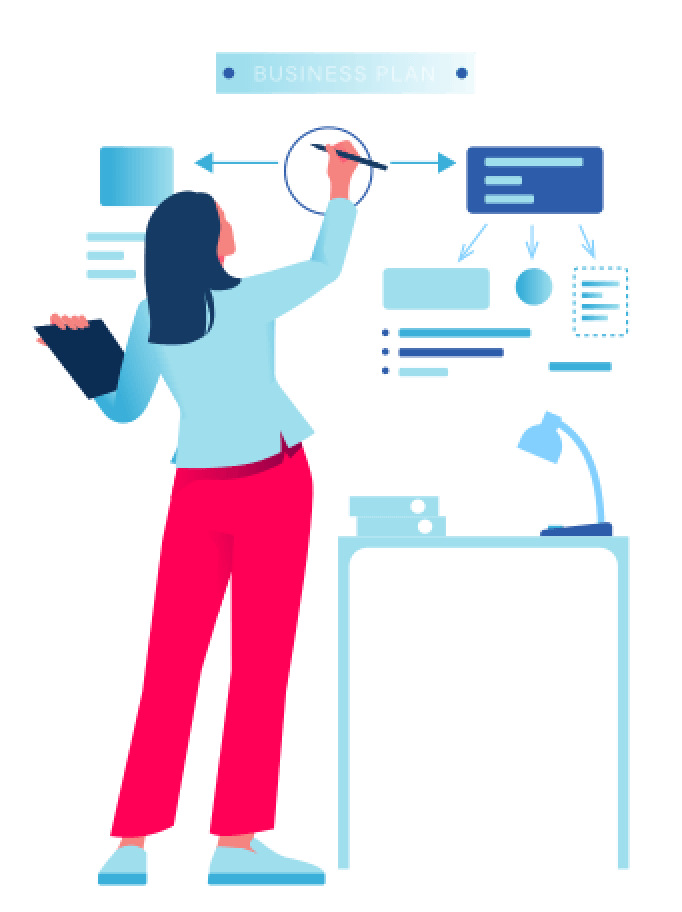
Multiple approval processes run in parallel, and the visitor order status needs to be determined based on the process.
After multiple discussions with the front desk and the development department, the approval flow was finalized. Following the completion of development, we conducted over 60 rounds of testing, identifying and resolving numerous bugs. Once the core workflow was refined, the system was then deployed for use.
Because the functions are related to multiple departments, it requires long-term operation and maintenance.
As the project manager, upon taking over the project, I organized user feedback and data, maintaining version records. Since its initial launch on October 14, 2021, we have gone through six iterative updates, implementing more than 20 functional modifications. On September 19, 2022, we successfully launched the mobile version.
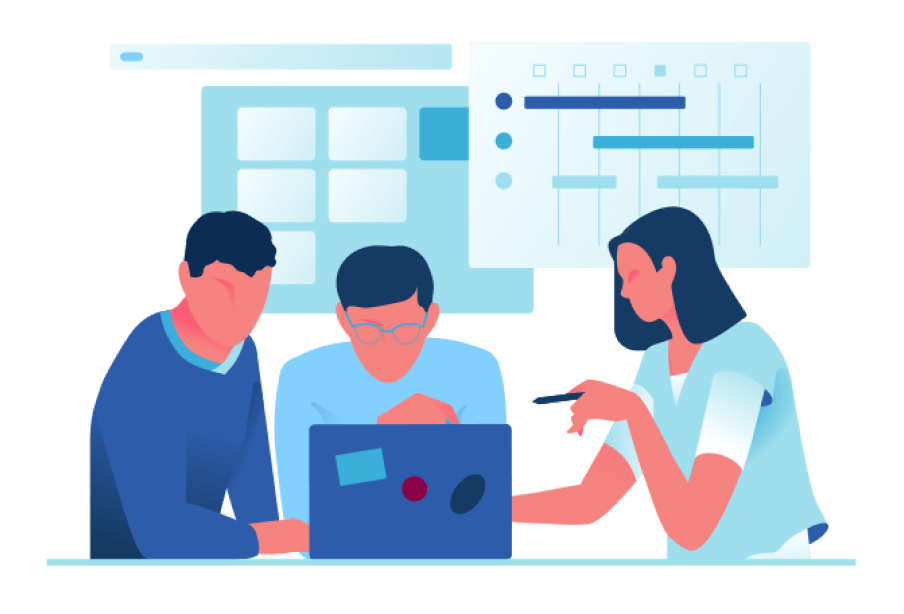
Iterative versions
Internal users
Visitor requests
Number of visitors
Visitor feedback
However, when I first joined the project, I wasn't familiar with some interaction standards and the complete interface logic, which resulted in a lack of fidelity in the development phase. Many of these issues later became 'challenges' to address. Therefore, during the second phase of the project when we were developing the mobile version, I placed a greater emphasis on collaboration and communication with the development team. I also delved deeper into considering the impact of process flow and made significant efforts to rectify the bugs from the first phase.
Many project requirements were derived from observations and semi-structured interviews, primarily existing needs. In the subsequent stages, our team conducted surveys and used other methods to iterate on the project. I have grown significantly during this project, completing the design process from requirements to product and enhancing my teamwork and project management skills.